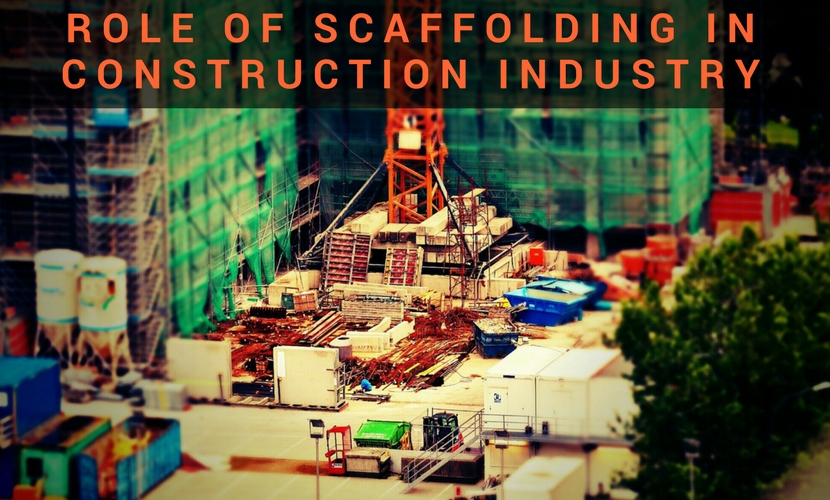Ноя . 07, 2024 13:19 Back to list
Innovative Solutions for Efficient Flying Table Formwork Systems
The Future of Construction Flying Table Formwork Technology
In the rapidly evolving landscape of construction, innovation plays a crucial role in enhancing efficiency, reducing costs, and improving safety standards. One such advancement that has gained momentum is the flying table formwork system. As a specialized form of scaffolding, flying table formwork is transforming the way large-scale construction projects are executed, particularly in the realm of high-rise structures and extensive horizontal slabs. This article delves into the benefits, applications, and future potential of flying table formwork technology.
What is Flying Table Formwork?
Flying table formwork is a sophisticated construction method that involves pre-fabricated modular systems designed to create large horizontal surfaces such as floors and ceilings. These modules, often referred to as “flying tables,” are engineered to support substantial loads while maintaining stability and precision during the pouring and curing of concrete. The innovative design allows these tables to be lifted and moved horizontally across the construction site, thus facilitating continuous work without the need for traditional vertical formwork systems.
Benefits of Flying Table Formwork
1. Increased Efficiency One of the primary advantages of flying table formwork is the dramatic increase in operational efficiency. By utilizing prefabricated modules, contractors can significantly reduce the time required for setting up formwork and smoothly transition from one area of the project to another. This efficiency is particularly beneficial in high-rise constructions where time is of the essence.
2. Enhanced Safety Safety is a paramount concern on any construction site. The flying table approach minimizes the amount of manual handling required when dealing with traditional formwork systems. Workers are less exposed to hazardous situations, as most of the heavy lifting is performed by cranes or hoists, reducing the risk of accidents and injuries.
3. Cost-Effectiveness Although the initial investment in flying table formwork systems can be higher than traditional methods, the long-term cost savings can be substantial. The reduction in labor costs, along with the faster completion times, leads to potential savings that can offset the initial expenditure. Moreover, the longevity and reusability of the flying tables further enhance their economic appeal.
flying table formwork company

4. Quality Control With prefabricated components, flying table formwork allows for better quality control during construction. The manufacturing of the formwork under controlled conditions ensures high standards for durability and precision, resulting in fewer defects and necessary corrections once the concrete has cured.
5. Versatility Flying table formwork is adaptable to various architectural designs and construction requirements. Whether it is for flat slabs, sloped roofs, or intricate structural designs, this technology can be customized to meet the specific needs of a project.
Applications in Modern Construction
Flying table formwork is increasingly being adopted in high-rise buildings, bridges, and other infrastructure projects. Its ability to handle large spans and rapid construction schedules aligns perfectly with the demands of modern architecture. Prominent examples of its application include skyscrapers in urban centers and expansive commercial facilities that require impressive load-bearing capacities without compromising aesthetics.
Additionally, the technology has found relevance in the construction of stadiums, parking garages, and industrial facilities where large, unobstructed spaces are vital. Furthermore, infrastructure projects like elevated roadways and transit systems benefit from the speed and efficiency provided by flying table formwork.
The Future of Flying Table Formwork
As the construction industry continues to embrace new technologies, the potential for flying table formwork systems is enormous. Innovations such as augmented reality and robotics could further streamline the installation process, allowing for real-time adjustments based on structural integrity assessments. The integration of smart technology and IoT (Internet of Things) capabilities can enable better tracking, management, and predictive maintenance of formwork systems, ensuring optimal performance throughout the construction lifecycle.
In conclusion, flying table formwork represents a significant leap forward in construction methodology. With its advantages in safety, efficiency, and adaptability, it is poised to become a staple in modern construction practices. As industry leaders invest in this technology, the future of construction will undoubtedly be shaped by the innovative solutions that flying table formwork provides, paving the way for projects that challenge traditional boundaries and set new standards for excellence.
-
Formwork Spring Clamp Factories | Quality & Durable Spring Clamps
NewsAug.31,2025
-
Adjustable Heavy Duty Props for Slab Formwork - Max Load & Safety
NewsAug.30,2025
-
Premium Formwork Wing Nuts & Tie Rods | Factory Supplier
NewsAug.29,2025
-
Expert Ringlock Scaffolding: Durable, Safe, Efficient Solutions
NewsAug.28,2025
-
Ringlock Scaffolding: Strong, Safe & Efficient Solutions
NewsAug.27,2025
-
OEM Column Formwork: Circular, Curved & Inclined Solutions
NewsAug.26,2025